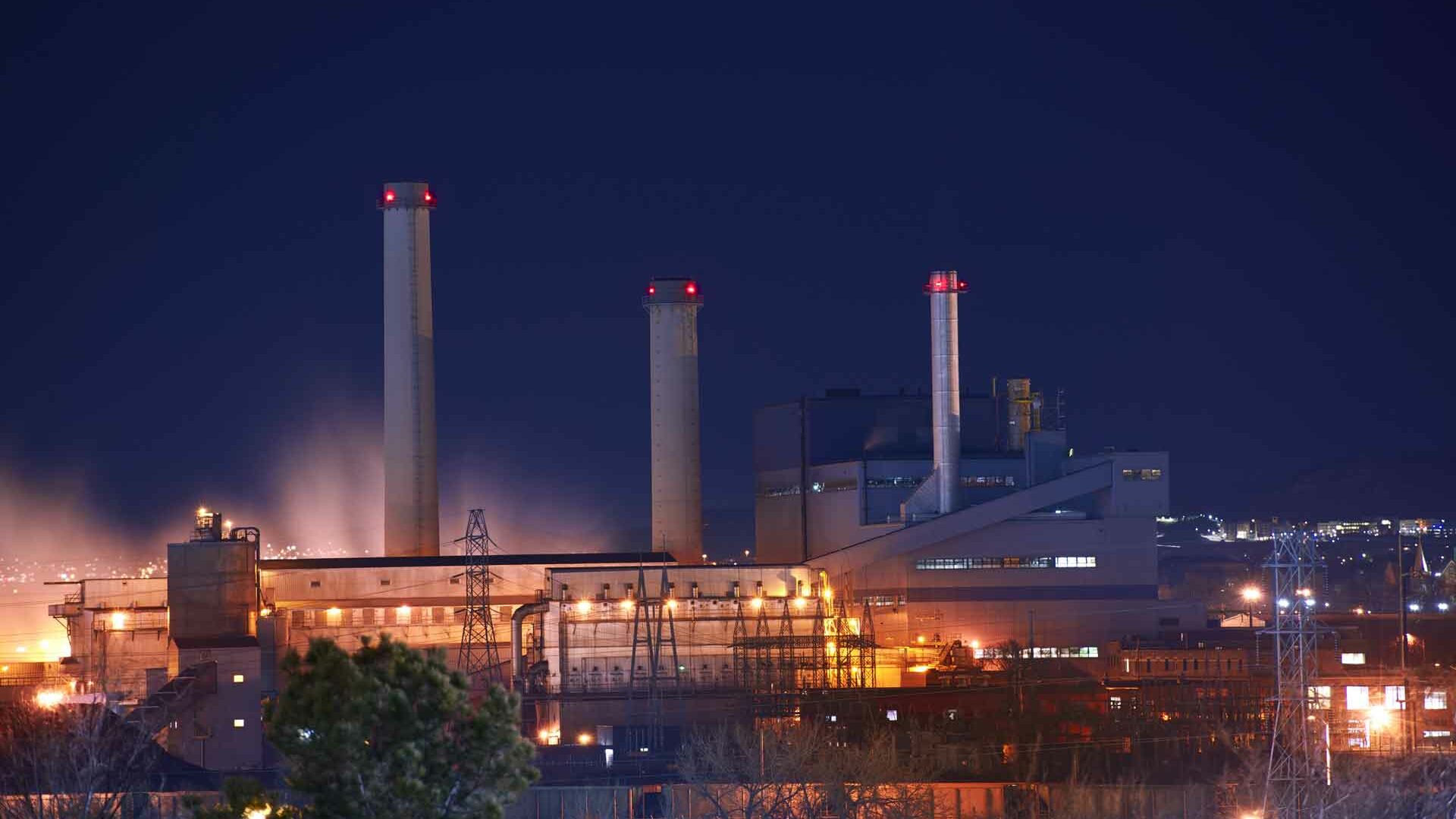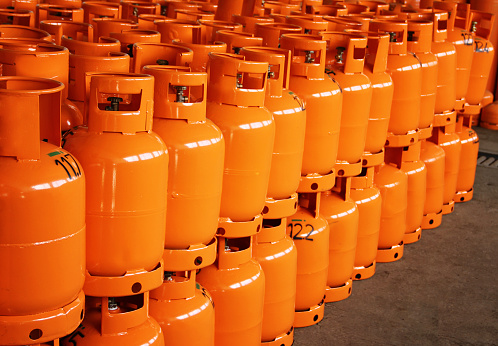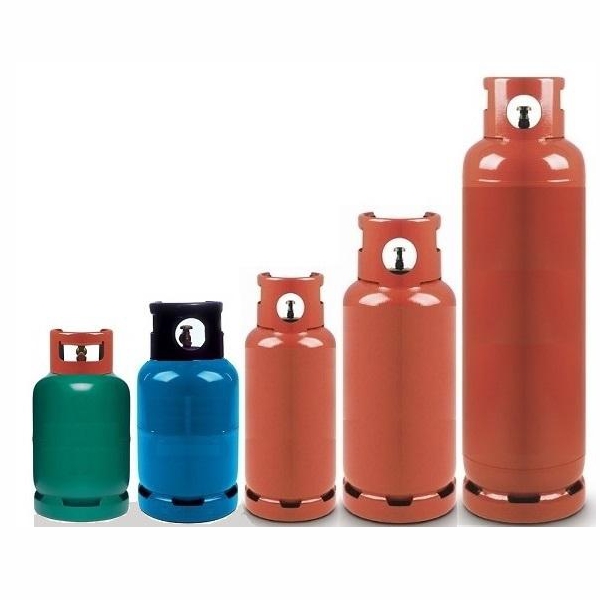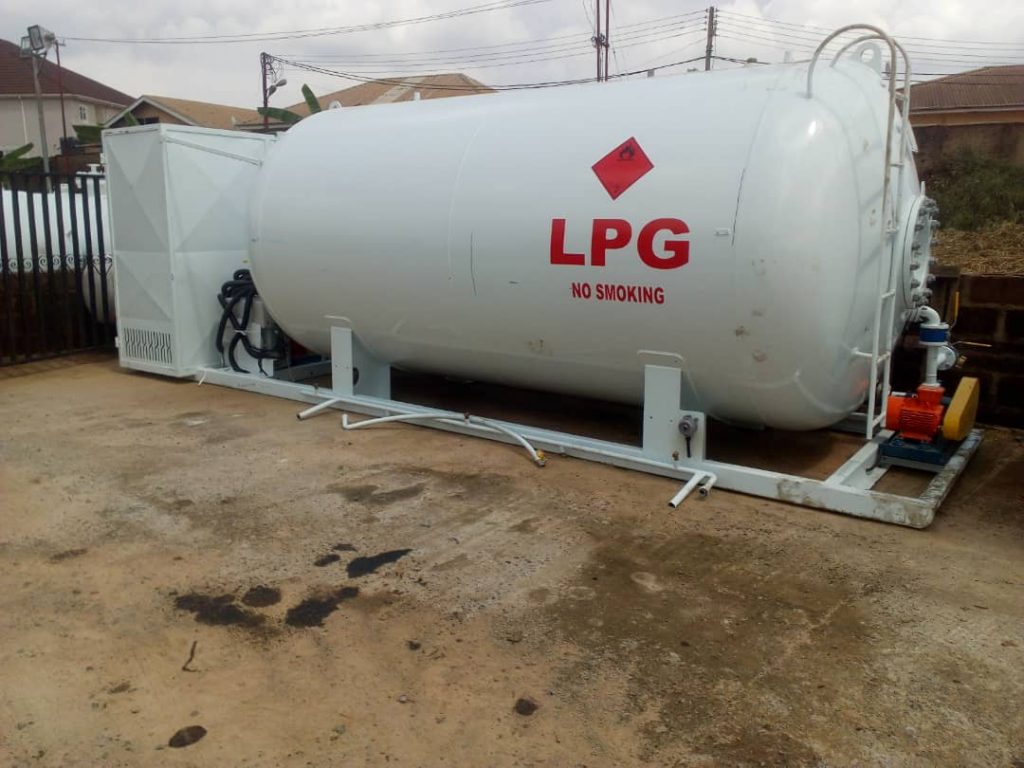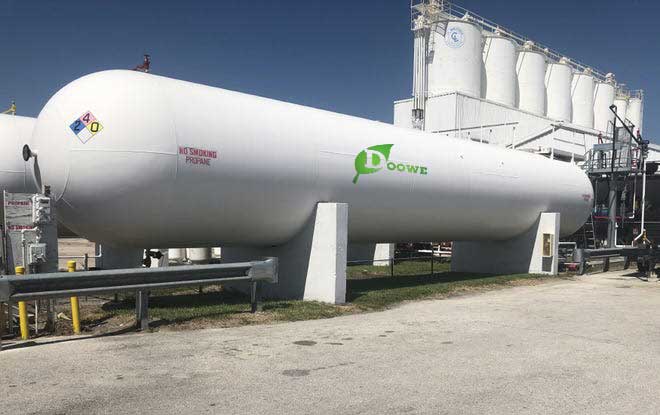Earlier reports as given by the Independent Petroleum Marketers Association (IPMAN) stated that the major cause of the current rising cost of cooking gas in Nigeria was the lack of adequate supply. The management of the Nigerian Liquefied Natural Gas (NLNG) also reinforces this statement by stating that marketers do not have enough infrastructure to take up the supply of LPG.
A reason for this being that foreign investors might have underestimated demand in the Nigerian market resulting in marketers having to import to meet up with the demand of the product. These marketers have expressed the need for the government to allow the NLNG to supply more gas to the market to reduce costs.
Consumers and customers alike have lamented the steady increase in cooking gas prices as it has reached an estimated 7,000 Naira for 12.5kg cylinders in some states. Also, the addition of LPG to commodities that are required to pay VAT has taken a negative toll on the industry.
In response to the claim by IPMAN the marketing manager of NLNG, Mr Austin Ogbogbo said that the NLNG has grown its capacity from 50,000 metric tonnes per annum to 450,000 metric tonnes per annum in the past 14 years. He also stated that while Nigeria needs about 1.2 metric tonnes per annum, the current 450,000 metric tonnes being produced cannot be absorbed by the market’s current infrastructure. In fact, the NLNG operation is mainly within the midstream sub-sector responsible for supplying the market. The downstream players are responsible for the distribution to the consumers and also the building of the infrastructure needed to grow. Hence, this issue of lack of infrastructure is not within the NLNG capacity.
Conclusively, there was the assurance that the company will grow its LPG capacity if it is confirmed that distributors and marketers can take up additional supply.
Given the arguments from both sides, what do you the readers think is the appropriate measure to take to tackle this issue once and for all.
SOURCE: PUNCH
Dayo Adenubi.
